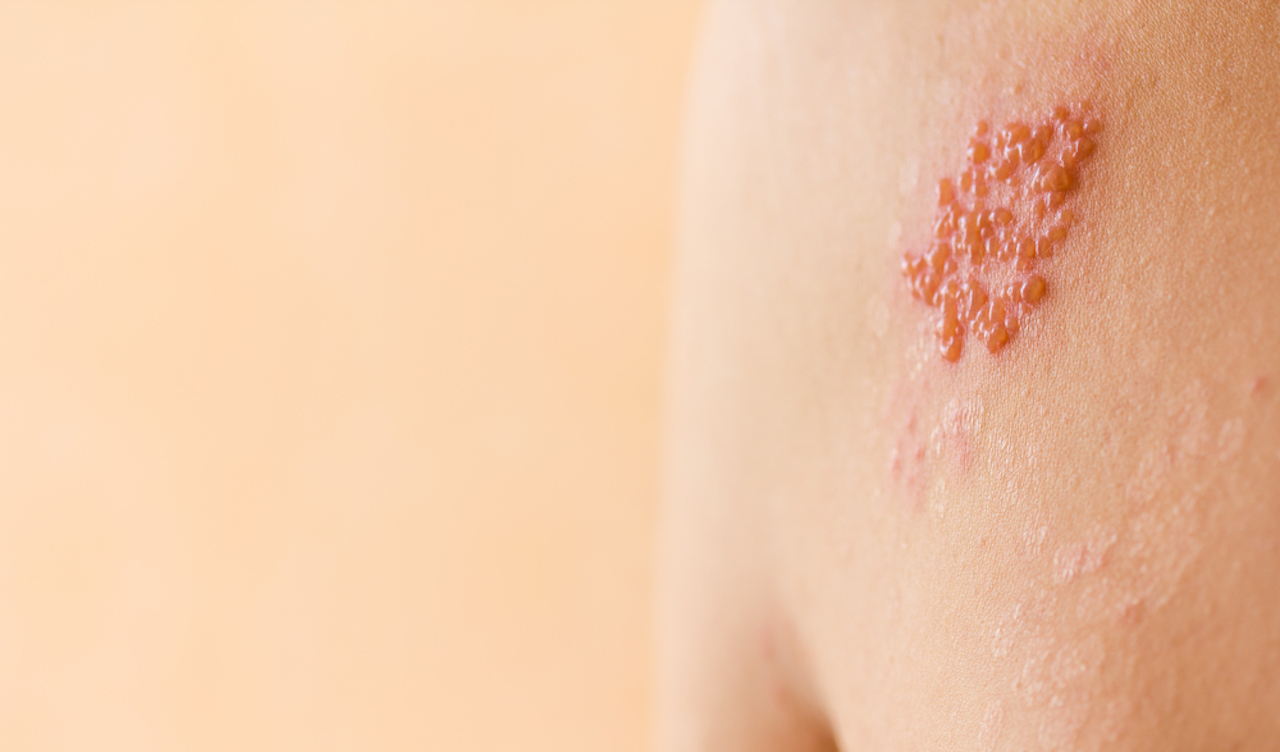It sounds so innocent, but people who’ve suffered from shingles say it can be incredibly painful. And with almost 90% of people at risk, be prepared if it ever comes your way! Shingles can easily be mistaken for sunburn. But it’s a lot more painful than that. Here’s how you know if the rash could be shingles:
How it is caused
The condition is caused by the varicella-zoster virus, and it usually attacks people with weak immune systems from injury, stress, illness, certain medication or other reasons. Shingles usually appear in a band, a strip, or a small area on one side of the face or body.
Symptoms
The first symptoms usually include tiredness and headache, followed by itching or tingling in one area of the skin. A few days later, you might notice a chickenpox-like rash, starting with red patches that form clusters of small blisters. In most cases, shingles can last for up to five weeks, and may leave scarring.
Am I at risk
Unfortunately, there’s no way of knowing who will develop shingles and what could trigger the virus. Some research shows that the risk of shingles increases as you get older. The good news is that it’s not contagious so you can’t catch it or spread it through touch, but you could spread the virus to a child or pregnant woman and cause chickenpox.
Stages of shingles
- Chickenpox: The virus that causes chickenpox causes shingles. Even after the chickenpox infection is over, the virus stays in your nervous system.
- Reactivation shingles: When your body’s defense is down the virus can reactivate and trigger the development of shingles.
- Rash: Patches of red bump blisters on your skin.
- Crusting: After about a week or 10 days the blisters will start to crust and scabs will fall off.
- Postherpetic neuralgia: This is the complication of shingles. It affects nerve fibres and skin. The painful burn lasts long after the rash and blisters caused by shingles.
Shingles pain difficult to treat
According to Dr Milton Raff, a specialist in treating chronic pain at the Christian Barnard Memorial Hospital Pain Clinic in Cape Town, shingles-related pain is difficult to treat and the pain is a result of affected nerves that function abnormally.
“Regular pain medications are not effective. We only have a few specialised medications we can try. If these prove to be ineffective, then the pain can be incapacitating. In a small proportion of patients, the pain never goes away. Not only does the patient suffer severe pain, they can often not perform routine everyday tasks”, says Dr Raff.
Commonly used medicines to treat shingles include antivirals and medicines for neuropathic pain. These cost about R800 a month.
Shingles can be prevented
There is good news, though. Studies show that a vaccine can prevent the development of shingles in up to seven out of 10 people who would have got it had they not been vaccinated. The vaccine also significantly reduces the development or severity of the pain.
The vaccine stimulates the body’s immune response to the virus, without actually causing disease.
In South Africa, children can be vaccinated against chickenpox as part of their routine vaccination schedule. A new vaccine is now available, and it’s just as important for adults over 50 to be vaccinated against shingles. “I would recommend that everyone over the age of 50 should speak to their doctor about getting vaccinated,” says Dr Raff.

